The ’60s was an awakening period for Indian films. It was a time when Elvis Presley and Beatles were gaining a foothold on Indian shores. It was an era of the first wave of migration to the West. Filmmakers made use of the changing scenario by shooting abroad. Heroines became bolder in their attire, adopting Western mores and make-up while composers tried to Indianise the new exciting sounds they heard. The buoyant mood was reflected in our films. It was also the time when the old order of Dilip-Raj-Dev gave way
to new stars like Rajendra Kumar and Rajesh Khanna. This transition also led to newer norms. All in all, the ’60s were swinging alright.
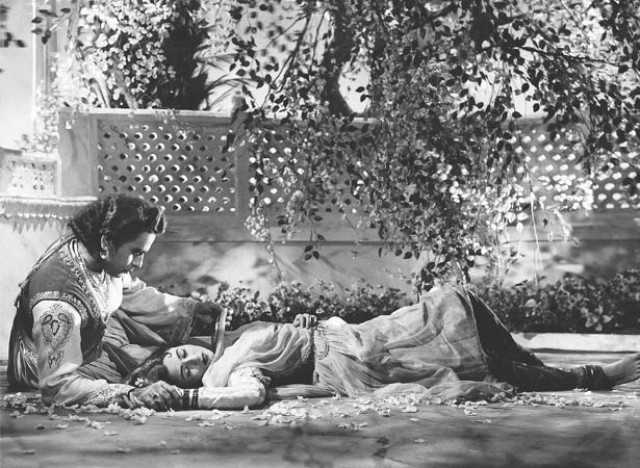
Mughal-e-Azam: The baap of all blockbusters
It was planned as a trilingual – with all the scenes to be shot thrice in Hindi, Tamil and English. Apparently, K Asif originally decided to cast Chandramohan, DK Sapru and Nargis for the roles of Salim, Akbar and Anarkali respectively. His plans went awry when Chandramohan died of an heart attack in 1949. Prtihviraj Kapoor, Dilip Kumar and Madhubala were cast instead. The film went hugely over budget and was made on a cost of over one and a half crores, making it one of the costliest Hindi films ever produced when adjusted to inflation. Madhubala and Dilip Kumar, real-life lovers were going through the throes of separation. That they still managed to set the screen on fire is another story. The film went on to make some five crores and ran for three years at Mumbai’s Maratha Mandir theatre.
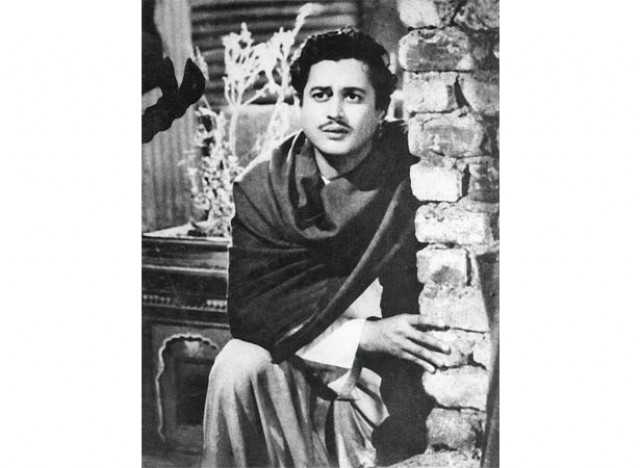
Loss of Guru Dutt
On October 10, 1964 Guru Dutt was found dead allegedly from an overdose of alcohol and sleeping pills. Whether it was an accident or suicide is still debated. The auteur was
said to have been a manic depressive. The commercial failure of his magnum opus Kaagaz Ke Phool (1959) – he didn’t ‘officially’ direct a film after the debacle – and the growing distance from muse Waheeda Rahman was said to have played heavily on his mind. His relations with wife Geeta Dutt also had taken a turn for the worse. He was said to have attempted suicide before but sadly succeeded this time.

Dharmendra-Meena Kumari liaison
Phool Aur Patthar (1966), a love story between a criminal and a widow, made our filmmakers and audiences aware of the female gaze and sexuality, as opposed to the male gaze.
In one of the memorable scenes, a shirtless Dharamendra leans over Meena Kuamri... and covers her sleeping form. The pair, who was also linked-up in real life, did some six
films together, starting with Main Bhi Ladki Hoon (1964) to Baharon Ki Manzil (1968).
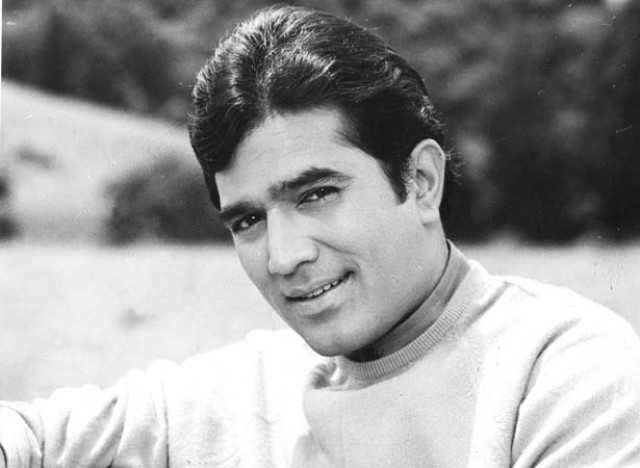
Rajesh Khanna’s superstardom
Raj Kapoor had moved towards making films and Dev Anand and Dilip Kumar had cut down on projects in the late ‘60s. A new superstar emerged at this juncture and took the
filmmaking world by storm. Rajesh Khanna’s early outings like Baharon Ke Sapne (1966) and Aakhri Khat (1967) gave people no indication of the storm that was to follow. It was
with Aradhana (1969) that he claimed his throne. For the duration of next four years, the king could do no wrong. Whatever he touched turned gold. No wonder producers coined
the saying, ‘Upar Aaka, neeche Kaka!’
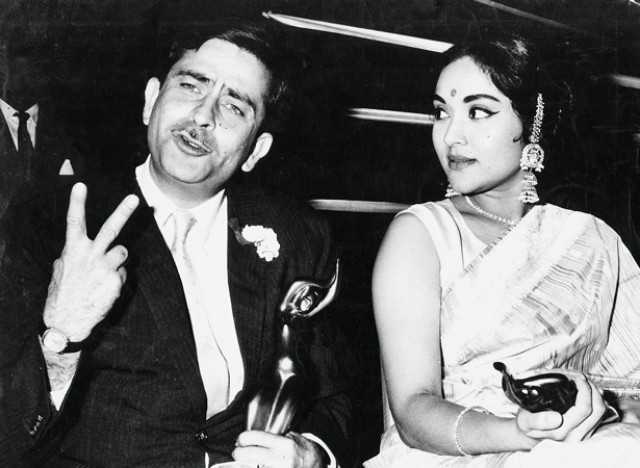
RK-Vyjayanthimala’s sangam
After parting ways with Nargis, Raj Kapoor found another muse in Vyjayanthimala. They first met on the set of family drama Nazrana (1961). Raj was planning another film on the
lines of Andaz (1949). His plans of casting Nargis and Dilip Kumar fell through. So he roped in Rajendra Kumar and Vyjayanthimala instead for the love triangle called Sangam (1965). Romanced allegedly blossomed on the set. It’s rumoured that Raj’s wife Krishna moved to Natraj Hotel with her children in protest against her husband’s infatuation with his leading lady. The actress, ironically, married RK’s family physician, Dr Bali, who was married and went through a divorce to achieve matrimony with the actress.
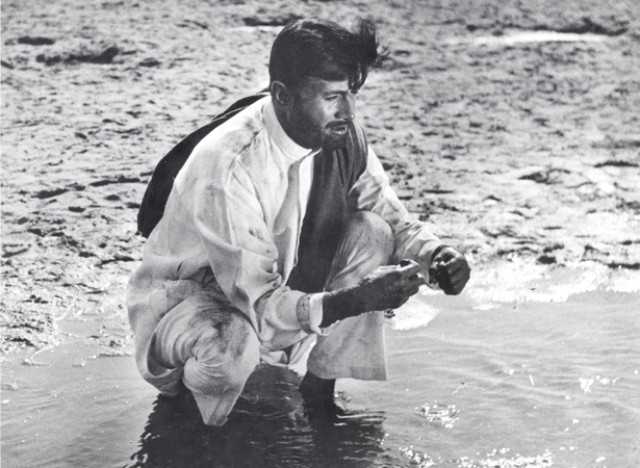
Guide: Dev Anand’s grand American dream
Producer Dev Anand made two versions of Guide, based on RK Narayan’s novel; one in Hindi, and another in English, with a screenplay by Pearl S Buck and direction by American
director Tad Danielewski. There were creative differences between the English and Hindi teams. Chetan Anand, the original director for the Hindi version, bowed out, making way
for younger brother Vijay Anand, who gave the film his inimitable vision. The mesmerising dance sequences stand out even now. Both Waheeda Rehman’s and Dev Anand’s portrayals made you forget that you were watching India’s biggest stars. They were two broken souls dealing with their demons whose redemption was the audiences’ too.

Dilip-Saira nikaah
Allegedly, Naseem Banu, mother of Saira Banu, persuaded Dilip Kumar to marry her daughter. After having starred in several hits with Rajendra Kumar, Saira Banu allegedly fell
head-over-heels in love with the already married star. Nassem beseeched Dilip Kumar to help her and he reacted by proposing to Saira. The actress had always admired him from
afar and immediately said yes. She was 22 and he was 44 when they got married on October 11, 1966. No one expected their marriage to last. But it has survived and flourished
and is regarded as an ideal showbiz marriage.
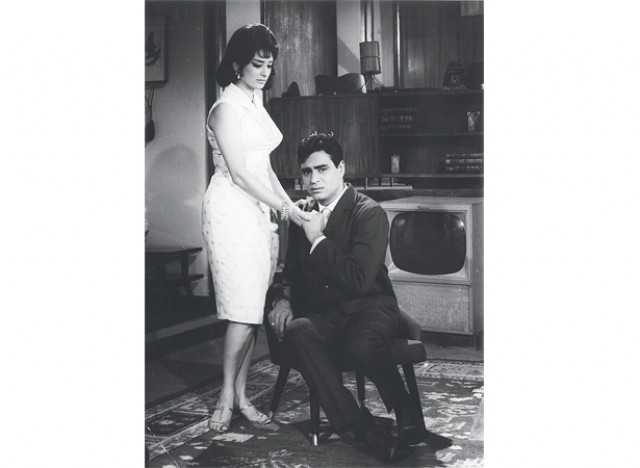
Rajendra Kumar’s jubilee run
He never wanted to become an actor and started his career as an assistant director. A chance role in the Dilip Kumar starrer Jogan got him noticed and he landed Vachan. But
the film which gave him recognition was Mehboob Khan’s Mother India (1957). The 1960s saw him act in six jubilee hits like, Dil Ek Mandir (1963), Mere Mehboob (1963), Sangam
(1964), Ayee Milan Ki Bela (1964), Arzoo (1965), Suraj (1966), Talash (1969), earning him the sobriquet of Jubilee Star. It was Rajesh Khanna’s rise, which stole away his thunder.

Bouffants and winged eyeliners
The Audrey Hepburn inspired bouffant as well as winged eyeliners were adopted with a vengeance by actresses such as Sharmila Tagore, Saira Banu, Sadhana and Mumtaz in the ’60s. The elaborate dos, resembling a bird’s nest, became a rage among the hoi polloi too.
Sadhana makes a cut
Her hairstyle, the Sadhana cut - those famous fringes - became a rage while her churidars, paired with body-hugging short kurtis and sleek dupattas gave a twist to desi dressing for women. The local beauty parlours were flooded with requests to replicate those bangs and young girls would ask tailors to replicate the Sadhana outfits for them.
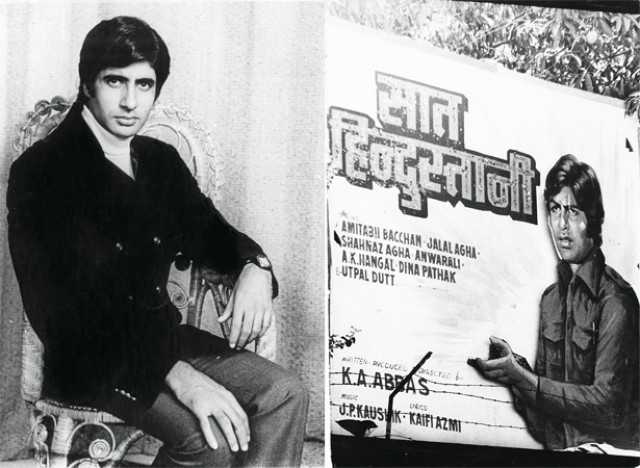
The ‘Big’ debut
1969. In the year when Rajesh Khanna was enjoying the title of ‘The Phenomenon’, this tall, brooding youngster was starting his innings in the film industry. Amitabh Bachchan,
son of the illustrious poet Harivanshrai Bachchan, made his debut with Saat Hindustani, directed by journalist-turned-filmmaker Khwaja Ahmad Abbas. The film narrated the story
of seven bravehearts whose mission was to deliver Goa from the Portuguese yoke. The film didn’t do well at the box office but won critical acclaim. It was awarded the Nargis Dutt Award for Best Feature Film on National Integration that year. The film got Bachchan noticed by a host of filmmakers, like the eminent Hrishikesh Mukherjee, which led to a role in Anand (1971), the film which made the masses aware of his acting prowess.
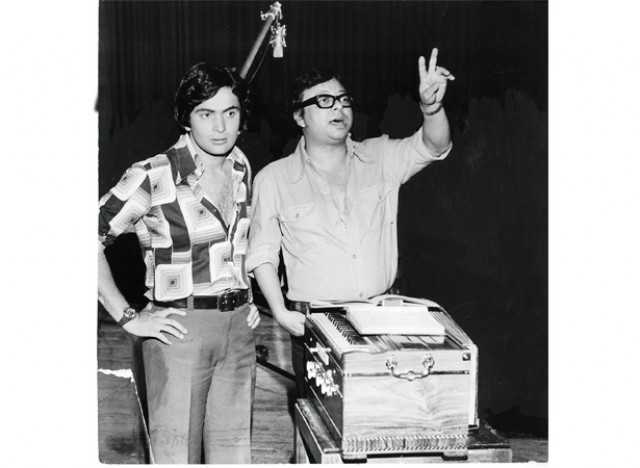
RD Burman’s rise
Rahul Dev Burman was a child prodigy who’s said to have started composing since he was eight. He started assisting his father SD Burman since an early age and many of SD’s lighter tunes are said to be influenced by RD’s talent. He came into his own with Chhote Nawab (1961). The ’60s was a time when the Western rock and pop influences were reaching Indian shores. Pancham composed tunes with strands of Western music intermingled with Indian raagas. His breakaway score came with the Vijay Anand directed Teesri Manzil (1966), where lead hero Shammi Kapoor took a break from his regular composers Shankar-Jaikishan and the result were pulsating numbers as O haseena zulfowali, Aaja aaja main hoon pyar tera and O mere sona re… Hits like Chandan Ka Palna (1967), Baharon Ke Sapne (1967), Padosan (1968), Abhilasha (1968) and Pyar Ka Mausam (1969) further consolidated his status. Subsequently, he ruled the airwaves for the next two decades.

Desi films Videshi locations
Where would Hindi films be without song sequences atop virginal Alpine peaks and among tulip-speckled fields? While Yash Chopra made exotic locations one of his trademarks,
filming outside India began under the RK Films banner in 1964, when Raj Kapoor took Sangam to Switzerland to shoot Sundar and Radha’s European honeymoon. His vision opened the door for other filmmakers, what with Shakti Samanta taking his unit to Paris for An Evening In Paris (1967) and Yash Chopra of course making shooting abroad mandatory in his
productions. From Swiss vales to Amsterdam to Cuba (in the more recent Ek Tha Tiger), our film units have been globetrotting ever since.
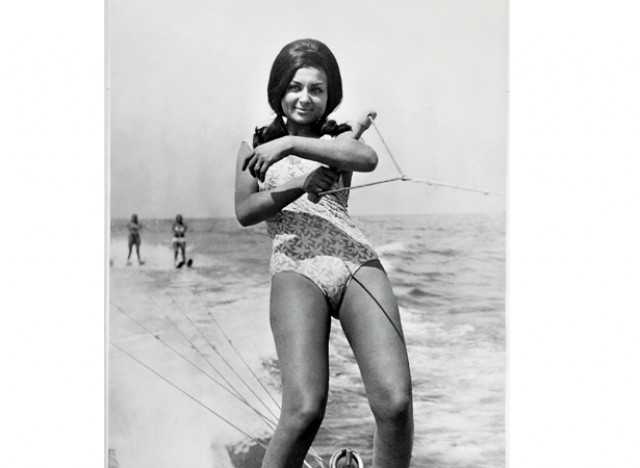
La Tagore goes bare and Dare
It’s said you don’t wear a bikini, you wear an attitude and Sharmila Tagore had that aplenty. Her posing in the polka-dotted bikini on the cover of Filmfare is legendary. The story goes that she came to the shoot carrying just her handbag. When asked where her clothes were, she pulled out two skimpy pieces of cloth and said, ‘here they are.’ After her marriage to cricketer Nawab Mansoor Ali Khan Pataudi in 1969, she slipped into the role of a wife and mother to his children with ease but continued to be counted as a top heroine for years.
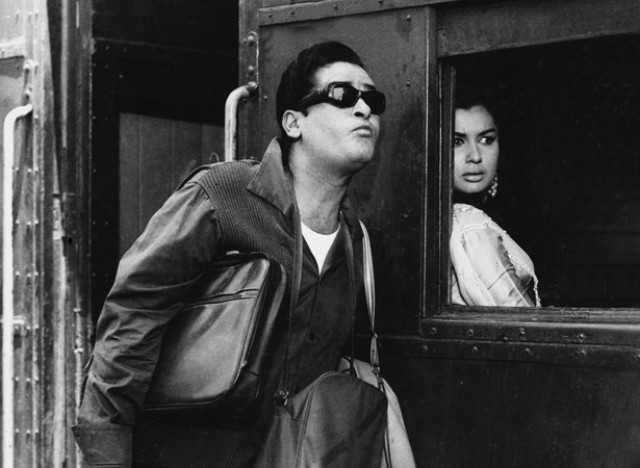
Shammi Kapoor rocks as the ‘rebel star’
He was not only the brother of Raj Kapoor but had to contend with the likes of Dilip Kumar and Dev Anand. He had a spate of flops before getting a lucky break with Tumsa Nahin
Dekha (1957), which was initially offered to Dev Anand. It was with Junglee (1961) that Shammi Kapoor finally made his mark as the flamboyant, ‘rebel star’. While other heroes
wooed the heroines like gentlemen, he made sure he wanted more than just holding their hands and gazing at them wistfully. He could be said to be India’s first sex symbol. His
Yahoo! became the clarion cry of a nation coming to terms with its sexuality.
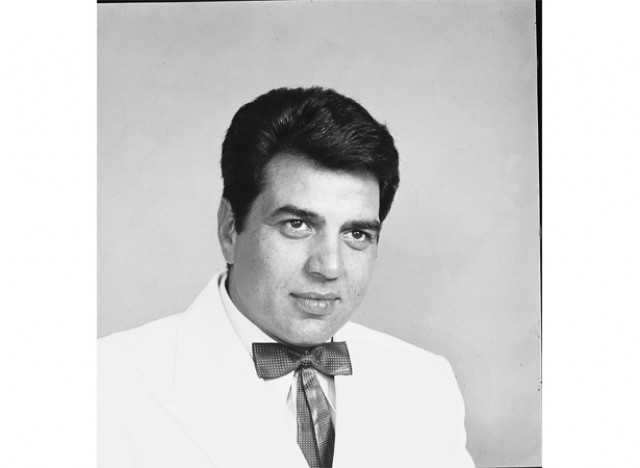
Filmfare hunts out talent
Filmfare and United Producers came up with an All India Talent Hunt in 1959. Bimal Roy and Guru Dutt were involved as its sponsors and members of the jury. A farmer’s son in native Punjab responded to the advertisement of this talent hunt. His rugged physique and macho looks got him selected as the numero uno choice from among a thousand hopefuls. Dharmendra’s success in the talent hunt was instrumental in opening doors for him but it took two more years of toil to make a splash with Arjun Hingorani's film Dil Bhi Tera Hum Bhi Tere. In 1965, Filmfare discovered another gem in the form of Rajesh Khanna. He wowed the judges with his originality and made the critics sit up and take notice in his debut film, Chetan Anand’s Aakhri Khat. Soon, Aradhana (1969), stamped his superstardom.

cabaret queen Helen
From Howrah Bridge (1958), where she floored the audience with her oomph in Mera naam Chin Chin Chu, to the early ’80s, when she finally retired, no film was complete without
a dash of Helen’s sensuous item numbers. Her uniqueness lay in the fact that she never looked cheap despite those itsy-bitsy clothes. She took care to wear skin coloured
stockings and slips and still looked sexy as hell. She was so popular that filmmakers started including dance offs between her and the heroine, case in point being Main haseena naaznina from Baazi (1968), where she squared off with Waheeda Rehman and Muqabla hamse na karo from Prince (1969), where Vyjayanthimala was her opponent. Being a vamp
she was expected to lose but won the audiences’ heart nevertheless.
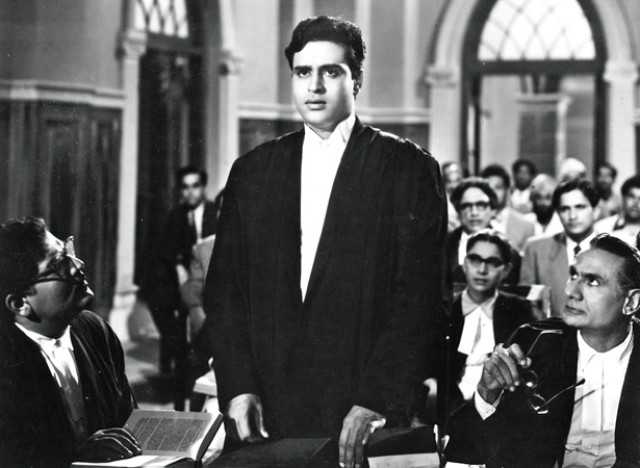
First Hindi film without songs – Kanoon
Songs have been an integral part of our films. Our first stars such as KL Saigal were basically singers who were pushed into acting. BR Chopra bucked the trend by making the
songless film Kanoon (1960). It was a courtroom procedural with extensive police work and lengthy arguments by both the prosecution and the defense. Naysayers dismissed it as
a documentary but it turned out to be one of the top grossers that year.
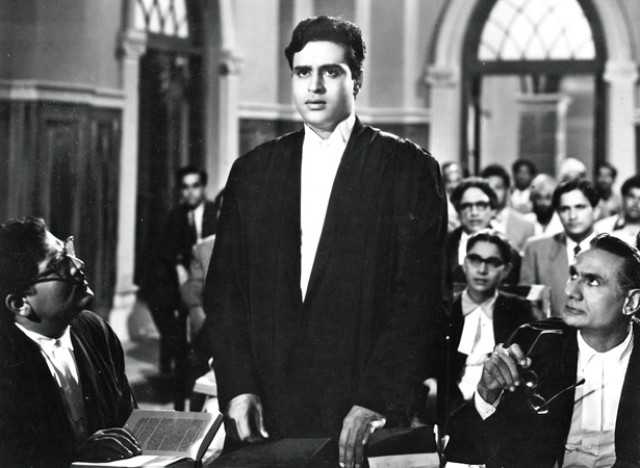
Farewell Madhubala
The queen of the marquee, Madhubala, suffered from a terminal congenital heart condition. Often she suffered fainting bouts on the sets. Doctors had warned her about not exerting herself. Her condition worsened after marriage. and she was bed-ridden for close to eight years, before finally succumbing to death in 1968. The Indian screen has yet
to see a beauty like her.
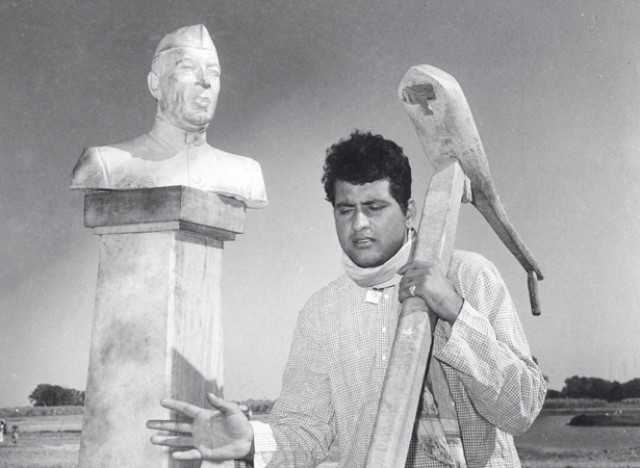
Rise of Manoj ‘Bharat’ Kumar
Upkar (1967) marked the beginning of the Mr Bharat persona for producer-director Manoj Kumar. Reportedly, Prime Minister, Lal Bahadur Shastri had liked Manoj’s Shaheed (1965),
based on the life of martyr Bhagat Singh and asked him to make a film on the slogan Jai Jawan-Jai Kisan. This was the rallying cry for the Indian youth after the 1965 war with Pakistan. The result was Manoj’s debut as a director where he played both a kisan (farmer) and a jawan (soldier). After that he built on his patriotic brand with films like Purab Aur Paschim (1970), Roti Kapda Aur Makaan (1974) and Kranti (1981).